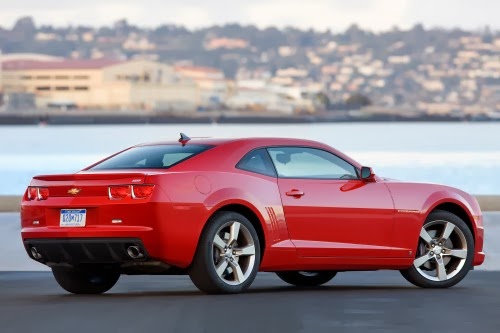Quality. Everybody wants it. But how do you get it in a car without having to pay more money?
This is a question I have dealt with for nearly 15 years of my life as a car dealer, auto auctioneer, and part-owner of an auto auction. My life revolves around trying to "hit em' where they ain't" when it comes to used cars.
Over the years I've seen certain distinct patterns as to which older used cars last, and which ones become rolling money pits. To figure this all out in a statistical way, I co-developed a long-term reliability study that gathers data from the inspectors who rate used vehicles trade-ins at dealerships and auto auctions around the country, and ranks models for their long-term mechanical integrity.
The use of independent professionals, instead of car owners, was done for two important reasons.
First, owners can often look at their vehicles through rose-colored glasses. A car that shifts funny or has upper engine noise may seem to be perfectly fine to a person who has driven it every day for years on end. Independent professionals and dealers who inspect thousands of vehicles are often easily able to see the very things that these types of owners overlook.
Second, my partners and I wanted to eliminate all forms of brand bias from the study. Owners tend to be more forgiving of vehicles that come from an automaker that has satisfied them in the past.
Even if their car is now cheap and trouble prone, their prior car they owned from the same manufacturer may have been a high-quality masterpiece.
The goal of this study was to provide honest and detailed information to the millions of people who buy older used cars. At the moment we now have over 330,000 data samples spread throughout the United States.
The findings?
The most important ingredient in the recipe is still the prior owners. However, it turns out that some cars that are unpopular, or discontinued, can last well beyond their peers at a price thousands less than popular alternatives:
Saturn L200: Do you know what this is? Neither do the majority of Americans. The L-Series was a one-generation wonder that never caught on. In our study the four cylinder automatic models are proving to be more reliable than their Honda Accord peers, and still offer a steep discount in the retail car market.
Ford Crown Victoria: The Lincoln Town Car and Mercury Grand Marquis are based on the same platform. For those just looking for a beater, and don't drive very much, the price of a government issued Crown Vic is the cheapest durable buy you can find on a pound-per-pound basis. Government surplus auction models that haven't seen police duty are tough to beat.
Buick Park Avenue: In our study we're finding that the vehicle kept for the longest time is not Lexus or Mercedes-Benz. It's Buick. The Park Avenue benefits from an outstanding powertrain — the GM 3.8-liter V-6 built for decades — in non-supercharged models, and a mature clientele that's usually willing to invest in a car's proper maintenance.
Buick Lucerne: Another one generation wonder, the Buick Lucerne replaced the Park Avenue and older models brought forward the 3.8 liter V-6 engine found in the Park Avenue.
Chevrolet Corvette: The Corvette benefits from long model runs, a robust V8 engine that can comfortably cruise at extremely low rpm's, and an enthusiast base that usually takes pride in keeping these sports cars in sound mechanical shape.
Chevrolet Prizm: Also known as the Geo Prizm, these cars are mechanically identical to the Toyota Corolla which is currently the best selling car in the world. Prizms often sell for cheaper prices than the Corolla, even though both cars were built in the same factory for well over two decades.
Pontiac Vibe: After the Prizm was discontinued, Toyota and GM decided to continue their joint venture with the Pontiac Vibe and the Toyota Matrix. The Vibe is usually priced cheaper than the Matrix due to GM folding the Pontiac division in 2009.
Jeep Cherokee: The Cherokee remained popular throughout its entire model run. The 4-liter "High Output" 190-hp straight-six engine used almost exclusively from 1991 through 2001 has proven to be exceptionally durable.
BMW Z4: Although the Z4 was priced at a $15,000 to $20,000 premium over the Mazda MX-5 Miata when new, as an older used vehicle, it usually only commands a couple thousand more dollars while offering a comparable level of reliability. For those who are looking for a roadster that isn't a Miata, the Z4 definitely deserves a look.
Infiniti M35: The styling of the M35 never caught on and this carried forward to their resale values. The M35 is usually anywhere between $6,000 to $8,000 less than the Lexus GS, Audi A6 and the Mercedes E-Class, while offering long-term reliability that matches or eclipses all of these models.












































